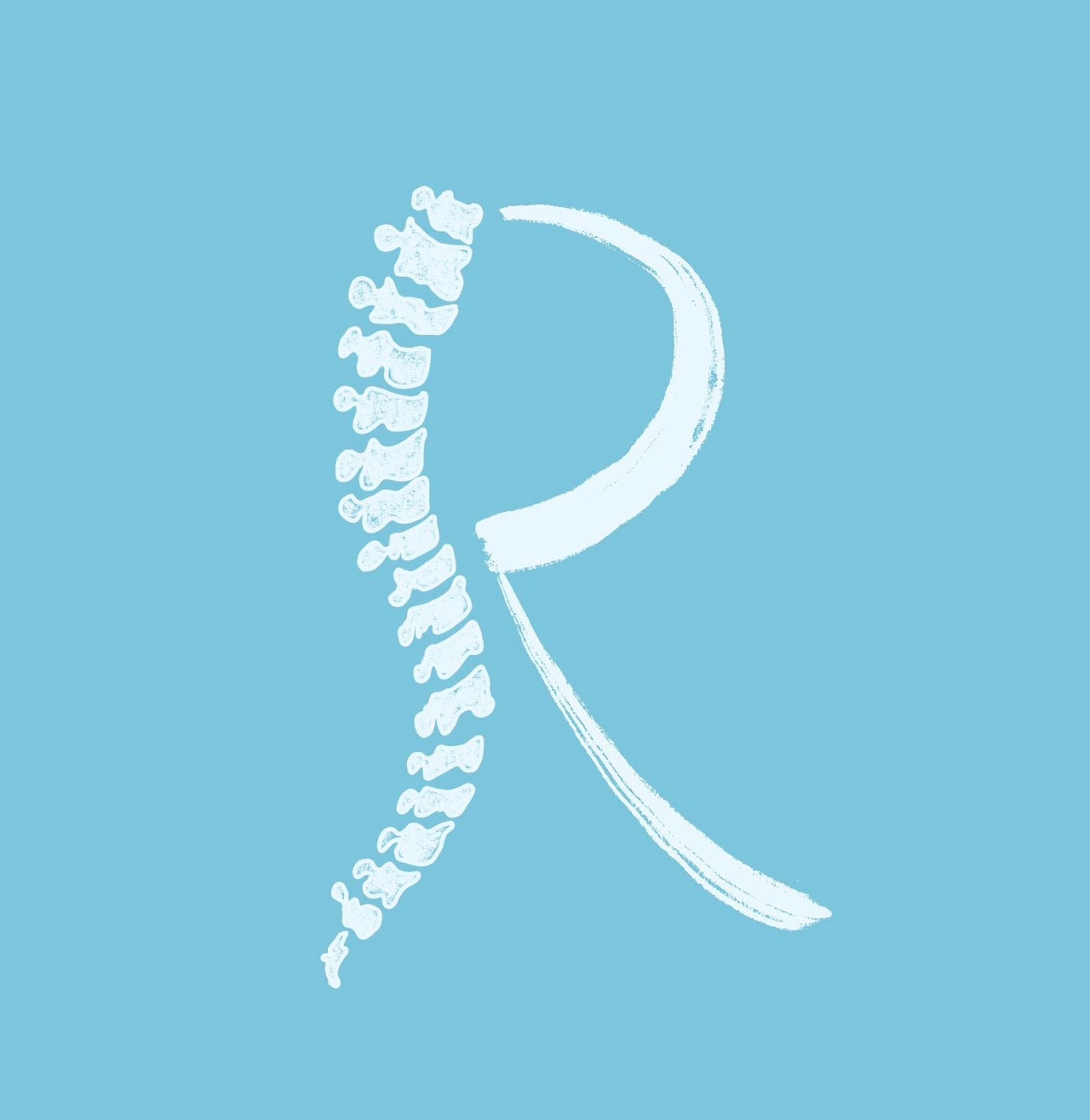In recent years, rehabilitation technology has made remarkable strides, revolutionizing the way individuals recover from injuries, manage disabilities, and regain their independence. This burgeoning field encompasses a range of innovative tools and devices designed to enhance the rehabilitation process, improve outcomes, and provide new hope to millions of people worldwide. From advanced prosthetics to virtual reality (VR) therapy, rehabilitation technology is transforming lives in unprecedented ways. Here, we explore some of the key advancements and their impact on the world of rehabilitation.
1. Prosthetics and Orthotics: Beyond Basic Functionality
Modern prosthetics and orthotics have evolved far beyond basic functionality. Today’s advanced prosthetic limbs are equipped with sophisticated sensors and actuators that mimic the natural movement and responsiveness of human limbs. These bionic prosthetics, such as those developed by companies like Össur and DEKA, use myoelectric technology to detect electrical signals from the user’s muscles, enabling precise and intuitive control.
Similarly, orthotic devices have seen significant improvements. Custom-molded orthoses, designed using 3D scanning and printing technologies, provide better support and comfort for individuals with mobility impairments. These advancements not only restore physical capabilities but also enhance the quality of life by promoting greater independence and confidence.
2. Exoskeletons: Empowering Mobility and Strength
Exoskeletons are wearable robotic devices that augment the user’s strength and mobility. Originally developed for military applications, exoskeletons have found a valuable place in rehabilitation settings. These devices assist individuals with spinal cord injuries, stroke, or other mobility impairments to stand, walk, and perform various physical activities.
Leading companies like Ekso Bionics and ReWalk Robotics have pioneered exoskeletons that are now being used in rehabilitation centers worldwide. These devices not only aid in physical therapy by facilitating repetitive motion exercises but also offer psychological benefits by helping users regain a sense of autonomy and self-sufficiency.
3. Virtual Reality and Augmented Reality: Immersive Therapeutic Experiences
Virtual reality (VR) and augmented reality (AR) technologies are making waves in the rehabilitation landscape by providing immersive therapeutic experiences. VR-based rehabilitation programs create engaging, interactive environments where patients can practice movements, improve coordination, and rebuild strength in a controlled and enjoyable manner.
AR, on the other hand, overlays digital information onto the real world, enhancing the physical therapy experience. For instance, AR applications can guide patients through exercises by displaying visual cues and feedback in real-time. These technologies not only make therapy more enjoyable but also improve patient engagement and adherence to rehabilitation programs.
4. Tele-Rehabilitation: Expanding Access to Care
Tele-rehabilitation leverages telecommunication technologies to deliver rehabilitation services remotely. This approach has gained significant traction, especially in the wake of the COVID-19 pandemic, which highlighted the need for accessible and flexible healthcare solutions. Tele-rehabilitation allows patients to receive therapy from the comfort of their homes, reducing the need for travel and minimizing disruptions to their daily lives.
Through video conferencing, mobile apps, and wearable devices, healthcare providers can monitor patients’ progress, provide real-time feedback, and adjust treatment plans as needed. This approach not only expands access to care, particularly for those in remote or underserved areas, but also promotes continuity of care and better long-term outcomes.
5. Brain-Computer Interfaces: Bridging the Gap Between Mind and Machine
Brain-computer interfaces (BCIs) represent a cutting-edge frontier in rehabilitation technology. BCIs enable direct communication between the brain and external devices, allowing individuals with severe physical impairments to control computers, prosthetics, and other assistive technologies using their thoughts.
Research institutions and companies like Neuralink and Emotiv are at the forefront of developing BCI technology. These interfaces hold tremendous potential for individuals with conditions such as amyotrophic lateral sclerosis (ALS), spinal cord injuries, and locked-in syndrome, offering new avenues for interaction and independence.
Conclusion
The evolution of rehabilitation technology is transforming the landscape of physical therapy and rehabilitation medicine. By harnessing the power of advanced prosthetics, exoskeletons, VR/AR, tele-rehabilitation, and brain-computer interfaces, we are witnessing a new era of enhanced recovery and improved quality of life for individuals with disabilities and injuries. As these technologies continue to advance, the future of rehabilitation looks brighter than ever, promising greater possibilities for healing, empowerment, and independence.




Hi, this is a comment.
To get started with moderating, editing, and deleting comments, please visit the Comments screen in the dashboard.
Commenter avatars come from Gravatar.